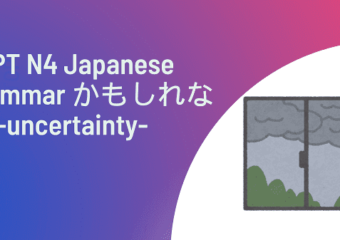Please think about this conversation.
B: How was that?
A: It was good.
Simply, there are two types of demonstratives in English (this and that), but there are three types of demonstratives in Japanese (これ, それ, あれ).
I explained the basic rule for the difference of them before.
If you haven’t read it yet, please read this article first.
Let’s learn Japanese kosoado words
In this article, I will teach kosoado words more.
Please see above conversation again.
As you see, there is no object which we can point in the conversation.
So, how can we decide which we can use これ, それ or あれ?
Let’s take a look closer.
*Are you looking for a place to practice Japanese?
Youtonihongo is for you.
You may receive one free 30-minute trial lesson.

The free trial class online
We offer online classes and in person classes
How to use そ words
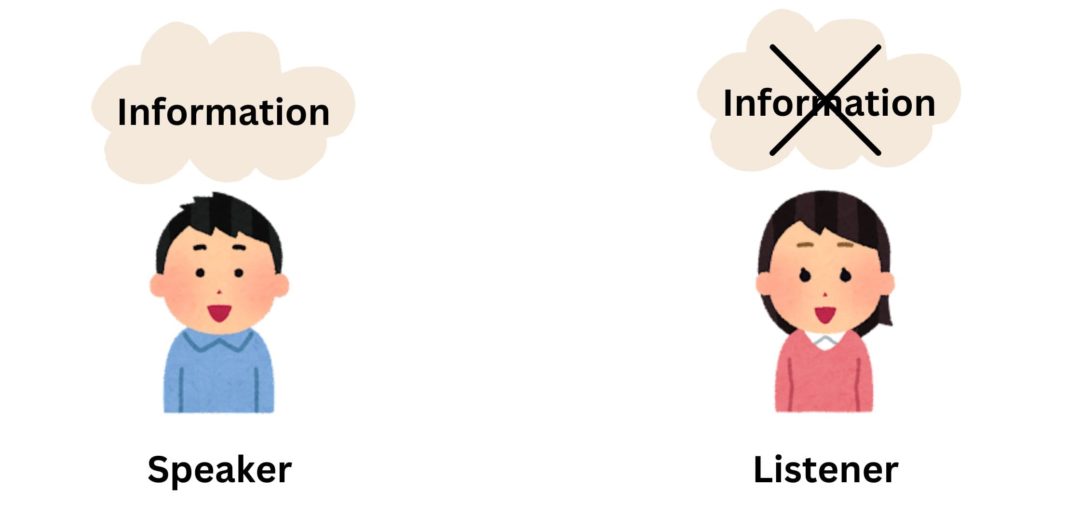
When the listener doesn’t know the information that the speaker talks, we use そ words.
Let’s see two examples.
My friend will get married.
B: へー、そのともだちは なんさい?
Well, how old is the friend?
A: 22さいだよ。
He (she) is 22.
In this case, “B” doesn’t know who the friend is.
Therefore, “B” says そのともだち.
Let’s see another example.
I went to Restaurant Nippon yesterday.
B: へー、それは どこに ありますか?
Well, where is it?
A: ダウンタウンにあります。
It’s located at downtown.
In this case, only “A” knows the restaurant, so B says それは…
How to use あ words
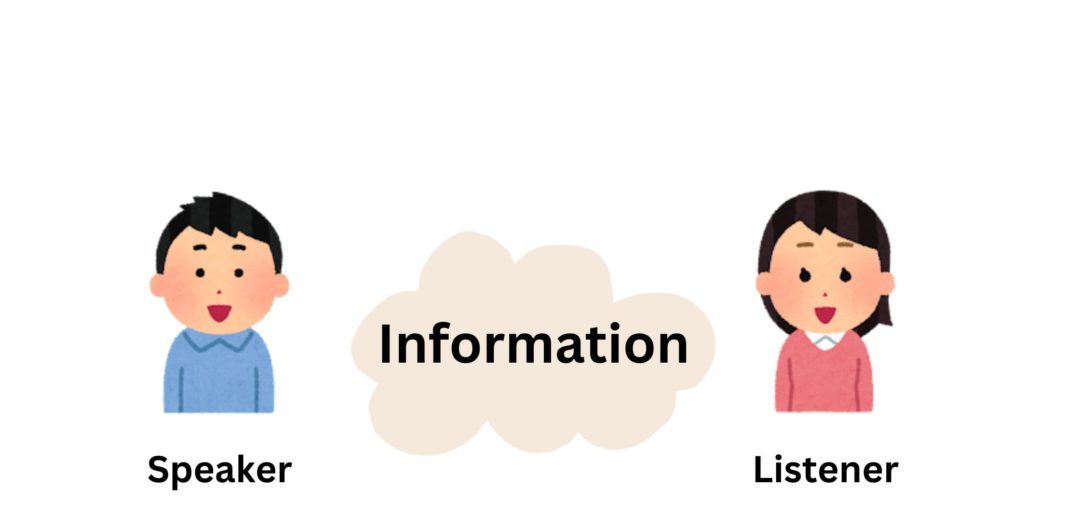
When both the listener and speaker know the same information, we use あ words.
Let’s see two examples.
Mr. (Ms.) Tanaka will get married.
B: へー、あの人、なんさいだっけ?
Well, how old is he (she)?
A: 22さいだよ。
He (she) is 22.
In this case, both “A” and “B” know who たなかさん is because “B” says あの人.
If ”B” wouldn’t know たなかさん, he would say その人.
Let’s see another example.
I went to Restaurant Nippon yesterday.
B: へー、あのレストラン やすくて おいしいよね。
The restaurant is cheap and good, right?
C: そのレストランは どこに ありますか。
Where is the restauratn?
In this case, “B” may have been to the restaurant before.
He knows about the restaurant, so both “A” and “B” know the restaurant.
Therefore, “B” says あのレストラン.
On the other hand, “C” hasn’t ever been to the restaurant and he (she) doesn’t know about it.
That’s why “C” says そのレストラン.
How to use こ words
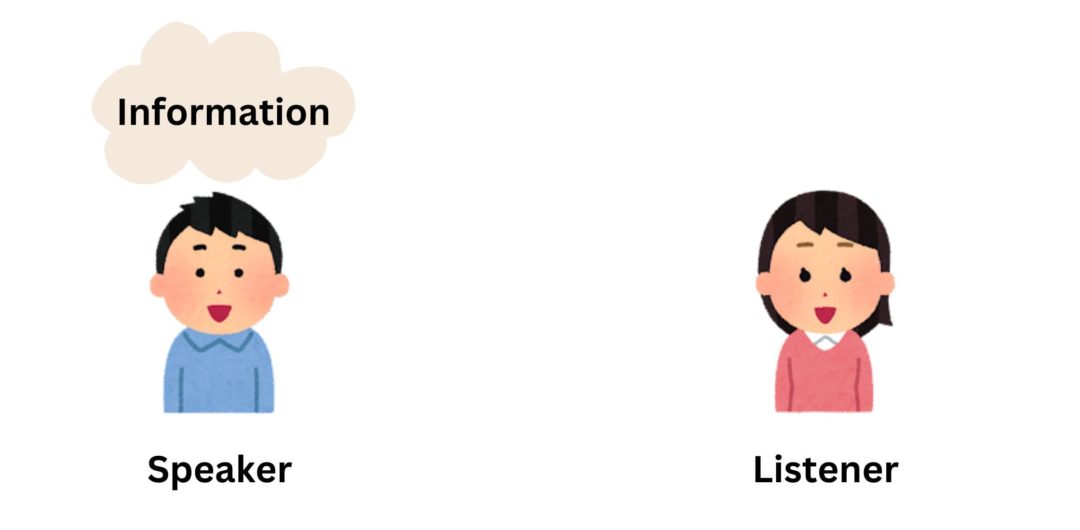
We rarely use こ words for non object.
However, if only the speaker knows the information, こ words is used.
Let’s see an example.
I need your advice.
B: はい、なんですか。
Yes. What is it about?
A: でも、これは だれにも 言わないで くださいね。
But, please don’t tell anyone about it.
B: はい、わかりました。
I got it.
In this case, before “A” tells “B” about the trouble, “A” stopped “B” from telling someone.
Thus, “B” never knows what “A” will talk about from now, so “A” says これ.
conclusion
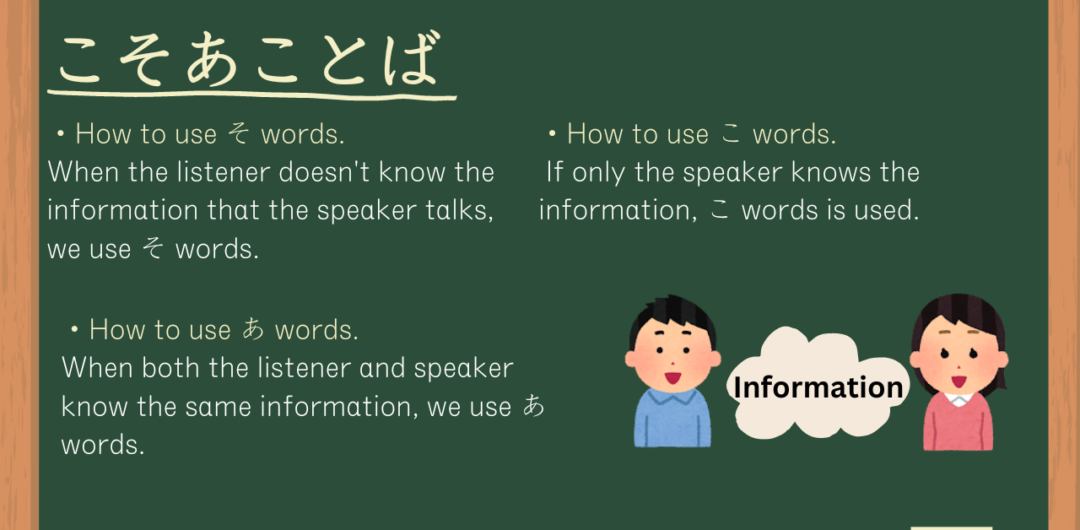
When the listener doesn’t know the information that the speaker talks, we use そ words.
When both the listener and speaker know the same information, we use あ words.
If only the speaker knows the information, こ words is used.
Excercise
1
A: むかし、よくいっしょに山にのぼったね。
B: なつかしいね。また、(その・あの)山にのぼりたいね。
2
A: わたしの ともだちに 日本語の 先生が いますよ。
B: へー、(その・あの)人をしょうかいしてもらえますか。
3
A: この間、マリオの映画を見に行きました。
B: わたしも見ましたよ。(その・あの)映画おもしろかったですね。
4
A: あそこのパフェおいしかったよ。
B: へー、ぼくも(それ・あれ)食べてみようかな。
5
A: 田中さんのことおぼえている?
B: うん、おぼえているよ。(その・あの)人今何をしているの?
A: いしゃになったんだって。
Answer
1
A: むかし、よくいっしょに山にのぼったね。
B: なつかしいね。また、(あの)山にのぼりたいね。
2
A: わたしの友だちに日本語の先生がいますよ。
B: へー、(その)人をしょうかいしてもらえますか。
3
A: この間、マリオの映画を見に行きました。
B: わたしも見ましたよ。(あの)映画おもしろかったですね。
4
A: あそこのパフェおいしかったよ。
B: へー、ぼくも(それ)食べてみようかな。
5
A: 田中さんのことおぼえている?
B: うん、おぼえているよ。(あの)人、今何をしているの?
A: いしゃになったんだって。
If you’d like to learn more Japanese, please feel free to contact me.
I teach Japanese in-person or online.
You can also learn Japanese on my Instagram page.

The free trial class online
We offer online classes and in person classes


